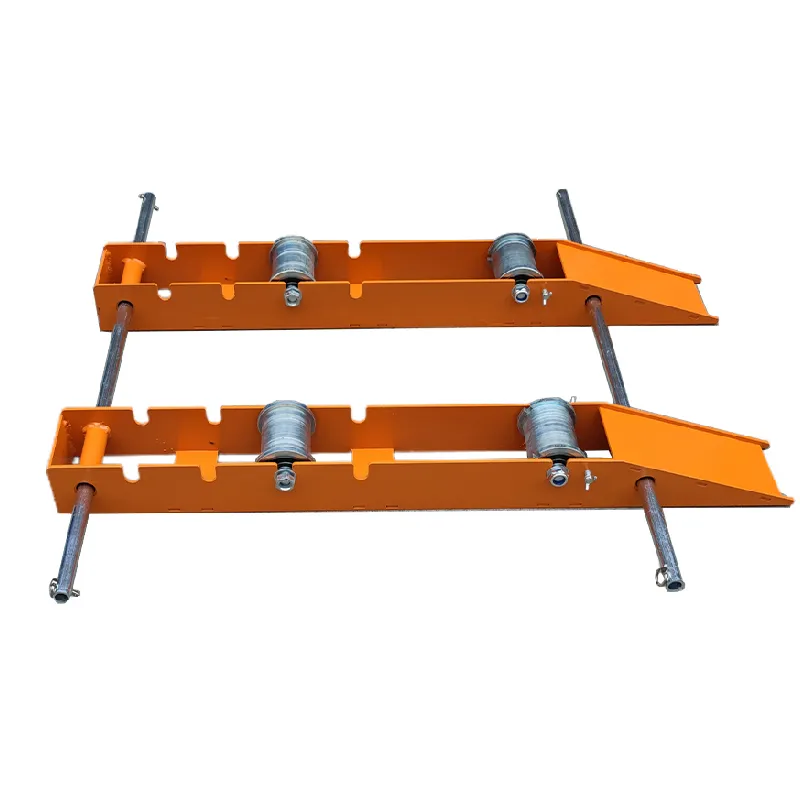
-
 Afrikaans
Afrikaans -
 Albanian
Albanian -
 Amharic
Amharic -
 Arabic
Arabic -
 Armenian
Armenian -
 Azerbaijani
Azerbaijani -
 Basque
Basque -
 Belarusian
Belarusian -
 Bengali
Bengali -
 Bosnian
Bosnian -
 Bulgarian
Bulgarian -
 Catalan
Catalan -
 Cebuano
Cebuano -
 Corsican
Corsican -
 Croatian
Croatian -
 Czech
Czech -
 Danish
Danish -
 Dutch
Dutch -
 English
English -
 Esperanto
Esperanto -
 Estonian
Estonian -
 Finnish
Finnish -
 French
French -
 Frisian
Frisian -
 Galician
Galician -
 Georgian
Georgian -
 German
German -
 Greek
Greek -
 Gujarati
Gujarati -
 Haitian Creole
Haitian Creole -
 hausa
hausa -
 hawaiian
hawaiian -
 Hebrew
Hebrew -
 Hindi
Hindi -
 Miao
Miao -
 Hungarian
Hungarian -
 Icelandic
Icelandic -
 igbo
igbo -
 Indonesian
Indonesian -
 irish
irish -
 Italian
Italian -
 Japanese
Japanese -
 Javanese
Javanese -
 Kannada
Kannada -
 kazakh
kazakh -
 Khmer
Khmer -
 Rwandese
Rwandese -
 Korean
Korean -
 Kurdish
Kurdish -
 Kyrgyz
Kyrgyz -
 Lao
Lao -
 Latin
Latin -
 Latvian
Latvian -
 Lithuanian
Lithuanian -
 Luxembourgish
Luxembourgish -
 Macedonian
Macedonian -
 Malgashi
Malgashi -
 Malay
Malay -
 Malayalam
Malayalam -
 Maltese
Maltese -
 Maori
Maori -
 Marathi
Marathi -
 Mongolian
Mongolian -
 Myanmar
Myanmar -
 Nepali
Nepali -
 Norwegian
Norwegian -
 Norwegian
Norwegian -
 Occitan
Occitan -
 Pashto
Pashto -
 Persian
Persian -
 Polish
Polish -
 Portuguese
Portuguese -
 Punjabi
Punjabi -
 Romanian
Romanian -
 Russian
Russian -
 Samoan
Samoan -
 Scottish Gaelic
Scottish Gaelic -
 Serbian
Serbian -
 Sesotho
Sesotho -
 Shona
Shona -
 Sindhi
Sindhi -
 Sinhala
Sinhala -
 Slovak
Slovak -
 Slovenian
Slovenian -
 Somali
Somali -
 Spanish
Spanish -
 Sundanese
Sundanese -
 Swahili
Swahili -
 Swedish
Swedish -
 Tagalog
Tagalog -
 Tajik
Tajik -
 Tamil
Tamil -
 Tatar
Tatar -
 Telugu
Telugu -
 Thai
Thai -
 Turkish
Turkish -
 Turkmen
Turkmen -
 Ukrainian
Ukrainian -
 Urdu
Urdu -
 Uighur
Uighur -
 Uzbek
Uzbek -
 Vietnamese
Vietnamese -
 Welsh
Welsh -
 Bantu
Bantu -
 Yiddish
Yiddish -
 Yoruba
Yoruba -
 Zulu
Zulu


aug. . 30, 2024 21:44 Back to list
pulling wire with fish tape
Pulling Wire with Fish Tape A Essential Guide
When it comes to electrical work, pulling wire through walls, ceilings, or conduits can often be one of the most challenging tasks. Fortunately, tools like fish tape can make this task significantly easier and more efficient. Fish tape, a flexible, flat steel or fiberglass tape, is designed specifically for this purpose. This article aims to provide a comprehensive overview of how to use fish tape effectively for pulling wire.
Understanding Fish Tape
Fish tape is typically made of steel or fiberglass and comes in various lengths and widths. The steel version is more rigid and durable, making it perfect for pulling in tough conditions, while the fiberglass version is more flexible and less prone to electrical conductivity, which is particularly important for safety. The end of the tape features a hook or a loop, which can be attached to the wire you are pulling through.
Preparing for the Job
Before you start, ensure you have all the necessary tools on hand, including your fish tape, wire, wire cutters, and a helper if needed. First, determine the pathway where the wire needs to go. This can involve drilling holes from one location to another, whether in walls or through joists. Always verify that there are no obstructions in the pathway and identify any insulation that may be present. Proper planning is essential for a smooth and successful installation.
Using Fish Tape
pulling wire with fish tape

1. Inserting the Fish Tape Start by inserting the fish tape into the entry point you have created. Push the tape into the conduit or wall space, guiding it as far as it can go without forcing it. If you encounter any resistance, back off and assess the situation to avoid damaging the tape or the existing wiring.
2. Navigating Turns If your pathway includes turns, the flexibility of the fish tape should allow it to maneuver around corners. However, if the turns are too tight, it may be necessary to use a pull string to assist the wire through.
3. Attaching the Wire Once the fish tape reaches the desired exit point, it’s time to attach your wire. Use electrical tape to securely attach the end of your wire to the fish tape. Ensure that the connection is smooth, as any protruding parts may cause resistance when pulling.
4. Pulling the Wire With your wire attached, slowly pull the fish tape back through the conduit or wall space. It’s helpful to have a second person assist at the other end to ensure that the wire is pulled in straight and doesn’t kink. Keep a steady and gentle tension on the fish tape to avoid breaking it.
5. Finishing Up Once the wire has been pulled through, carefully detach it from the fish tape. Make sure to double-check that the wire is intact and undamaged before moving on to connect it to the electrical outlets or fixtures as needed.
Conclusion
Using fish tape to pull wire is a skill that can greatly enhance the efficiency of electrical work. With proper preparation, technique, and safety precautions, you can navigate the potential challenges that come with pulling wire. Not only does this tool save time and effort, but it also ensures that your wiring is done professionally and safely, leading to successful and effective electrical installations. Whether a novice or a seasoned electrician, mastering fish tape is essential for any electrical project.
Latest news
What Are Construction Tools and How Are They Used?
NewsJul.11,2025
Professional-Grade Duct Rodding Tools for Superior Cable Installation
NewsJul.11,2025
Enhancing Safety and Efficiency with Modern Hot Stick Solutions
NewsJul.11,2025
Empowering Cable Installation with Advanced Rodder Solutions
NewsJul.11,2025
Elevate Your Cable Installation Projects with Cable Pulling Tools
NewsJul.11,2025
Efficient Cable Handling Solutions: Cable Rollers for Sale
NewsJul.11,2025











